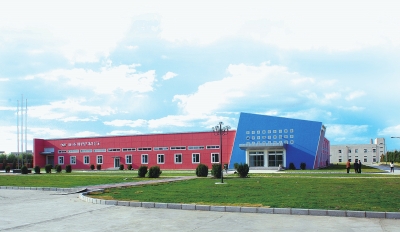Rapid growth in NE China medical business
2015-06-23
|
|
|
The pharmaceutical factory of Yatai Group in Changchun city, capital of Jilin [Photo by Xu Hao/ chinajilin.com.cn] |
Natural resources. Thanks to its location, Jilin has many natural ingredients for traditional Chinese medicine, with the Changbai Mountains being one of the three China's major herbal medicine sources, the other two being Sichuan and Yunnan provinces. Its wild ginseng has an annual production capacity of about 51 kilograms, or 60 percent of the world's ginseng yield and its herbal medicines are sold in more than 50 countries. In 2000, the country set up a TCM industrial base and science and technology research center. Meanwhile, a state biotechnology center in the city of Changchun, a medical city in the city of Tonghua, and an Ao Dong medical city in the Yanbian Korean autonomous prefecture are key areas of TCM production.
Industrial chain. Jilin is the birthplace of Chinese biotechnology and has formed an industrial chain after years of development, with herb farming, modern Chinese medicine, bio-drug, chemical drug, medical instruments, and other industries, along with medical research labs, and medical e-business. It is also Asia's largest vaccine manufacturer and largest production center of genetically engineered drugs.
Focus on innovation. Technological innovation is the key word when it comes to Jilin's medical industry, with many ways to improve its innovative capacity through the unification of technology across different enterprises, a state medical high-tech zone, greater input and government funds, an online research community, and improved medical services. It also has rewards to stimulate innovation, and has related research centers in the city of Beijing. The province has 142 high-tech medical projects, backed by 179-million yuan in funding.





